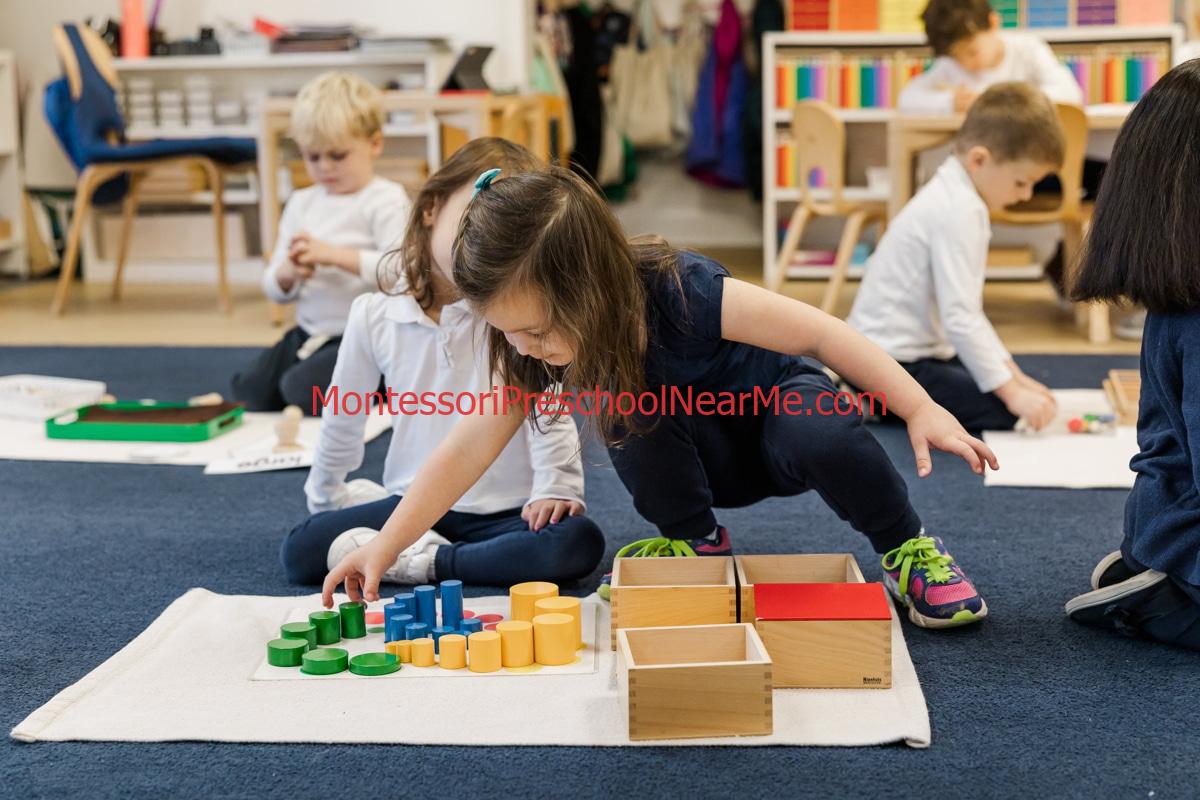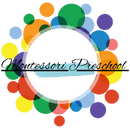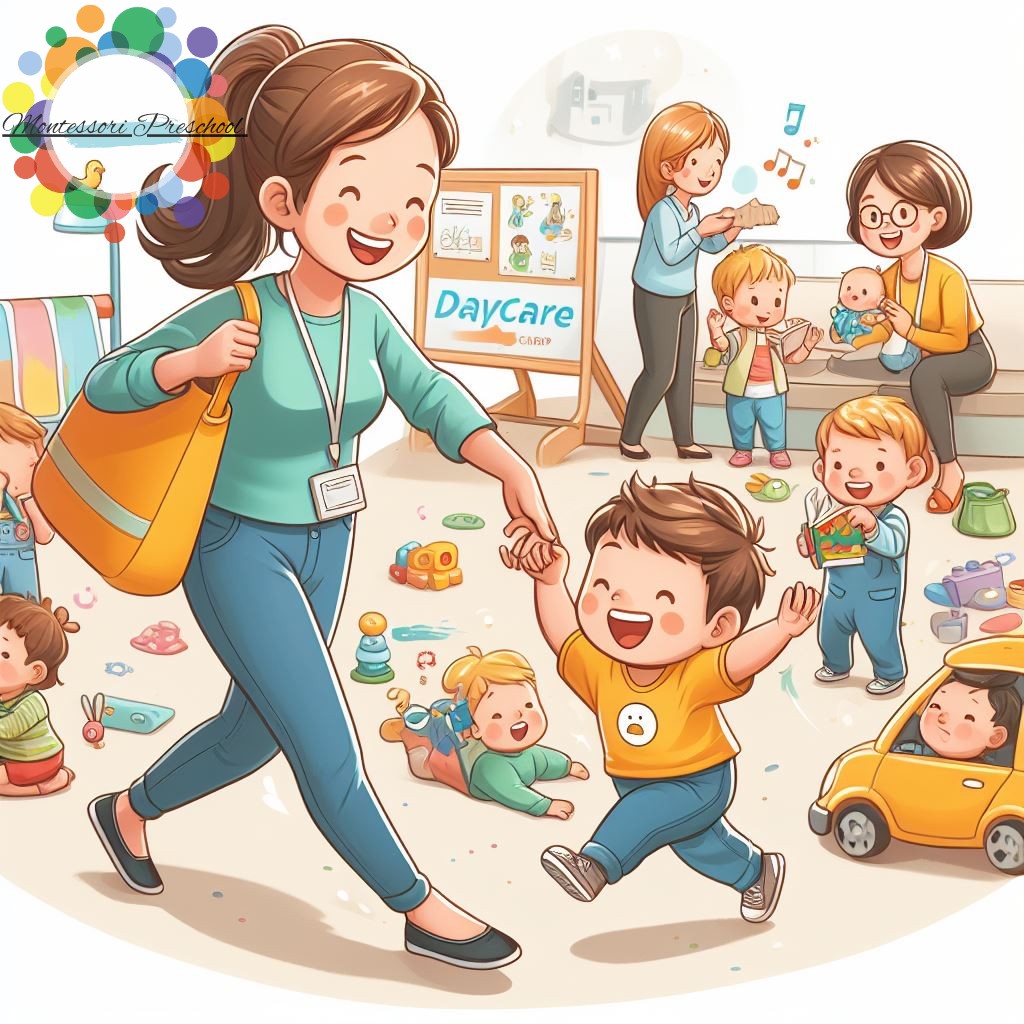
The Montessori Philosophy and Method
The Montessori philosophy is centered around the belief that children are naturally curious and have a strong desire to learn. The Montessori method, developed by Dr. Maria Montessori, emphasizes self-directed learning, independence, and the importance of hands-on experiences. In the Montessori classroom, literacy is introduced in a holistic and integrated way, with a focus on the development of language skills through meaningful and purposeful activities.
Language Development in the Montessori Classroom
One of the cornerstones of the Montessori approach to literacy is the development of language skills. Montessori educators understand that language is the foundation for all other forms of learning. By providing a rich and stimulating linguistic environment, children are exposed to a wide range of vocabulary, sounds, and language patterns. This exposure lays the groundwork for vocabulary acquisition, reading comprehension, and fluency.
Montessori Didactic Materials for Language Development
A key aspect of the Montessori method is the use of didactic materials specifically designed to aid in language development. These materials are carefully selected and sequenced to provide a logical progression of learning. Examples of Montessori didactic materials for language development include the moveable alphabet, sandpaper letters, and the language object box. Each material serves a specific purpose and allows children to engage in hands-on, multisensory activities that promote the development of reading and writing skills.
The Moveable Alphabet
One of the most iconic Montessori materials for language development is the moveable alphabet. This material consists of wooden or plastic letters that can be manipulated by the child. By using the moveable alphabet, children are able to practice creating words, sentences, and even short stories. This tactile experience helps reinforce the connection between symbols (letters) and their corresponding sounds, laying the foundation for reading and writing.
Sandpaper Letters
Another essential Montessori material for language development is the sandpaper letters. These letters are made from sandpaper and are mounted on wooden boards. By tracing the letters with their fingers, children not only experience the texture of the letters but also reinforce the association between the shape of the letter and its corresponding sound. This multi-sensory approach to learning allows for a deeper understanding and retention of letter-sound relationships.
The Language Object Box
The language object box is a Montessori material that introduces children to the concept of categorization and the vocabulary associated with various objects. The box contains a collection of small objects that represent different categories, such as animals, fruits, or household items. By exploring the objects and discussing their characteristics, children develop their vocabulary and gain a deeper understanding of the world around them. This foundational knowledge is essential for reading comprehension and oral language development.
The Montessori Approach and the Science of Reading
The Montessori approach to literacy aligns with the science of reading, which emphasizes the importance of phonics, phonological awareness, and comprehension strategies. Research has shown that explicit and systematic instruction in these areas leads to stronger reading skills and better overall literacy development. The Montessori method incorporates these principles through the use of didactic materials, multi-sensory activities, and personalized instruction.
Phonics and Phonological Awareness in the Montessori Classroom
Phonics and phonological awareness are critical components of learning to read. Phonics involves the understanding that letters represent sounds and that these sounds can be combined to form words. Phonological awareness, on the other hand, refers to the ability to identify and manipulate individual sounds in spoken language. In the Montessori classroom, these skills are developed through various activities, such as the sandpaper letters and the moveable alphabet, where children can explore letter-sound relationships and practice blending sounds to form words.
Comprehension Strategies in the Montessori Classroom
Comprehension is another key aspect of reading. It involves understanding the meaning and context of a text, as well as making connections between the text and one’s own experiences and knowledge. In the Montessori classroom, comprehension strategies are taught through storytelling, discussions, and hands-on activities. Children are encouraged to engage with the text and think critically about the information presented. This approach not only helps develop reading comprehension skills but also fosters a love for reading and a deeper understanding of the world.
Implementing Powerful Literacy Strategies in the Montessori Classroom
The book “Powerful Literacy in the Montessori Classroom” provides educators with a wealth of knowledge and practical strategies for implementing effective literacy instruction in the Montessori setting. It offers a comprehensive framework that combines Montessori principles with evidence-based reading research, ensuring that children receive a well-rounded education that promotes both academic and personal growth.
Integrating Montessori Didactic Materials into Reading Instruction
One of the key takeaways from the book is the importance of integrating Montessori didactic materials into reading instruction. These materials provide children with concrete and tangible experiences that enhance their understanding of abstract concepts, such as letter-sound relationships and word formation. By incorporating these materials into daily lessons, educators can create a stimulating and engaging learning environment that supports literacy development.
Creating a Language-Rich Environment
The book also emphasizes the significance of a language-rich environment in promoting literacy skills. Educators are encouraged to create an atmosphere where language is valued and celebrated. This can be accomplished by displaying books, labeling objects, and encouraging meaningful conversations. By immersing children in a language-rich environment, educators help foster a love for reading and language, which serves as the foundation for future literacy success.
Personalized Instruction
The Montessori approach to education places a strong emphasis on personalized instruction. This means that educators understand and respect each child’s unique learning style and pace. The book “Powerful Literacy in the Montessori Classroom” provides strategies and techniques for tailoring literacy instruction to meet the diverse needs of students. By implementing individualized plans and using ongoing assessments, educators can ensure that each child receives the support and guidance they need to develop strong literacy skills.
Conclusion
In conclusion, literacy is a powerful tool in the Montessori classroom. It opens doors to knowledge, communication, and personal growth. The book “Powerful Literacy in the Montessori Classroom” by Natasha Feinberg, Susan Zoll, and Laura Saylor serves as a comprehensive guide for educators seeking to implement effective literacy instruction in the Montessori setting. By combining Montessori principles with current research on reading development, this resource empowers educators to create a language-rich environment, integrate didactic materials, and provide personalized instruction. By embracing the power of literacy, educators can inspire and empower their students in the Montessori classroom.



